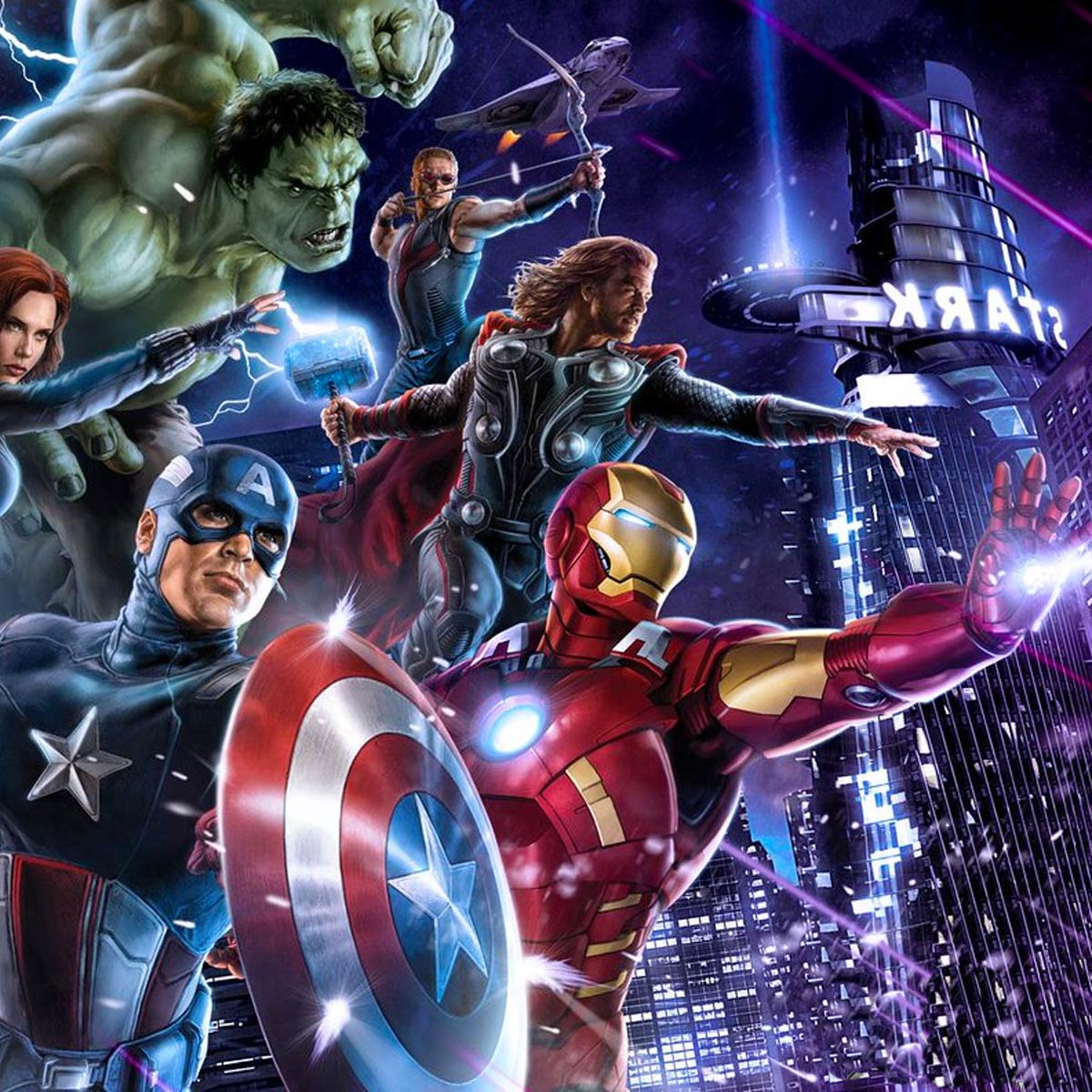
Is there anyone you know who can show or tell you who was the very first superhero to break into the mass media world?
Latino superheroes over the years have graced this comic medium and delivered a diverse but sometimes stereotypical sampling of Hispanic characters.
As Hispanic Heritage Month wraps up, here are a few hints. This superhero’s visual motif was typically a unique costume with a black flowing Spanish cloak, a black flat-brimmed hat known as sombrero cordobés, and a black sackcloth mask that covered the top half of his head.
Sometimes the mask was a two-piece, the main item being a blindfold-type fabric with slits for the eyes, and the other item a bandana over the head so that it is covered even if the hat is removed.
Sometime the mask is a one-piece that unites both items described above: this mask was introduced in The Mark of Zorro (1940) and appears in many modern versions. His mask has also occasionally been shown as being a rounded domino mask, which he wore without also wearing a bandana. In his first appearance, His cloak is purple, his hat is generically referred to as a "wide sombrero," and his black cloth veil mask with slits for eyes covers his whole face. Other features of the costume may vary.
His favored weapon is a sword or rapier, which he also uses to often leave his distinctive mark, a Z cut with three quick strokes, on his defeated foes and other objects to "sign his work". He also uses other weapons, including a bullwhip and a pistol.
The fox is never depicted as Zorro's emblem. It is used as a metaphor for the character's wiliness, such as in the lyrics "Zorro, 'the Fox', so cunning and free ..." from Disney's television series theme.
His heroic pose consists of rearing on his horse, Tornado, often saluting with his hand or raising his sword high. The logo of the company Zorro Productions, Inc. uses an image of Zorro rearing on his horse, sword raised high.
Zorro debuted in Johnston McCulley's novel The Curse of Capistrano, serialized in five parts between August 9 and September 6, 1919, in the pulp magazine All-Story Weekly.[2] The story was originally meant as a standalone tale, and at the denouement, Zorro's true identity is revealed to all.
Douglas Fairbanks and Mary Pickford, on their honeymoon, selected the story as the inaugural picture for their new studio, United Artists, beginning the character's cinematic tradition.[citation needed] The novel was adapted as the film The Mark of Zorro (1920), which Fairbanks produced, co-wrote, and starred in as Diego/Zorro. The movie was a commercial success, and the 1924 reprint of McCulley's story by publisher Grosset & Dunlap used the same title, capitalizing on the movie's popularity. The novel has since been reprinted using both titles.
In response to public demand fueled by the film, McCulley wrote more than sixty more Zorro stories, beginning in 1922 with The Further Adventures of Zorro, which was also serialized in Argosy All-Story Weekly. Fairbanks picked up the movie rights for the sequel that year. However, Fairbanks's sequel, Don Q, Son of Zorro (1925), was more based on the 1919 novel Don Q's Love Story by the mother-son duo Kate Prichard and Hesketh Hesketh-Prichard, than The Further Adventures. Thus McCulley received no credit on the film.
At first, production of new Zorro stories proceeded at irregular intervals: the third novel, Zorro Rides Again (not to be confused with the 1937 theatrical serial) was published in 1931, nine years after the second one. Then, between 1932 and 1941, McCulley wrote four short stories and two serialized novels. Zorro stories were published much more frequently between 1944 and 1951, a period in which McCulley published 52 short stories with the character for the West Magazine. "Zorro Rides the Trail!", which appeared in Max Brand's Western Magazine in 1954, is the last story to be published during the author's lifetime, and the second-to-last story overall. The last, "The Mask of Zorro" (not to be confused with the 1998 film), was published posthumously in Short Stories for Men in 1959. These stories ignore Zorro's public revelation of his identity.
The Curse of Capistrano eventually sold more than 50 million copies, becoming one of the best-selling books of all time. For the most part, McCulley's other Zorro stories remained overlooked and out-of-print until the 21st century. Bold Venture Press collected all McCulley's Zorro stories Zorro: The Complete Pulp Adventures, in six volumes.
Over 40 Zorro titled films were made over the years, including The Mark of Zorro, the 1940 classic starring Tyrone Power. The character was also featured in ten TV series, the most famous being the Disney-produced Zorro series of 1957–'59, starring Guy Williams. Zorro appears in several stories written by other authors, comics books and strips, stage productions, video games, and other media. McCulley died in 1958, just as Zorro was at the height of his popularity thanks to Disney